How to Build a Chat App That Stands Out in a Crowded Market
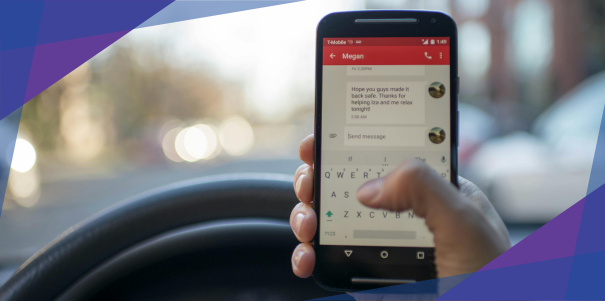
You probably know by now that the global chat app market is worth billions.
It’s also no secret that these applications have become game-changers in the lives of businesses and individuals.
However, building a chat app can be overwhelming, especially if you have a limited idea about the process. And given that around 4 billion users worldwide engage with just two dominant chat apps, the intense competition in the industry makes chat app development more challenging than expected.
I put together this guide to help you navigate the complexities of building a chat app that resonates with your target users and helps you carve a niche in a hotly-contested industry. Read on to learn (click on any bullet point below to go straight to the relevant section):
- End-to-end strategy to build chat apps for long-term success
- The tools and technology necessary for chat app development
- Examples of successful chat apps to get inspiration from
The 5 Proven Steps to Build a Successful Chat App
Step 1: Find that need you can fulfill
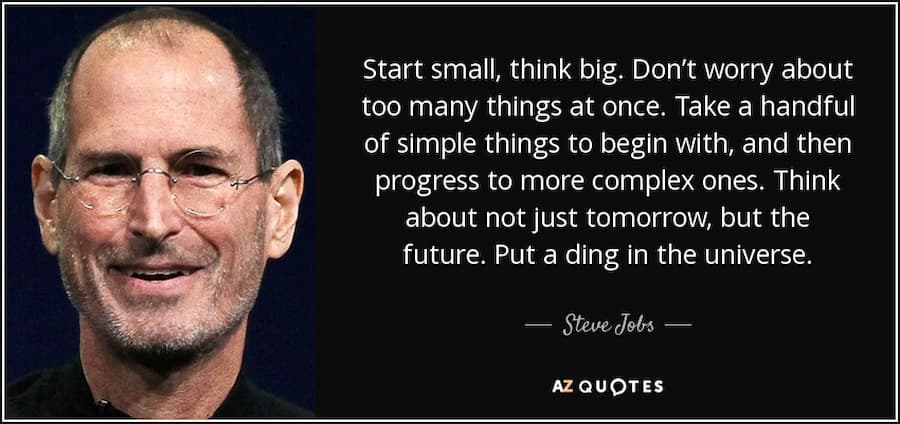
Source: AZ QUOTES
You don’t have to make something as big as Facebook Messenger from the get-go. If you know how and where to look, there could be a way to create your unique chat app.
Our product managers have helped companies and nonprofits grow their ideas into multi-million dollar apps. What is their advice on creating an innovative chat app?
Begin with the mindset: Start local, go global.
In essence, you must carefully study the potential market closest to you physically and develop a chat app for that group of potential users. Though it’s not bad to conquer the global app market, save that for later when your chat app has started gaining traction among users.
Taking baby steps is the key. Ask around your neighborhood, local sports league, school, co-workers, or hobby groups. You can even ask family members and relatives. What problems do they experience when using their favorite chat apps? Do they wish for slight improvements or new features?
Aside from feeling the pulse of your potential market, you should also check out your competitors (you can even look at globally successful apps, not to copy them but just to get an idea). Later in the article, I mention some world-famous chat apps from which you can gain insights.
Once you’ve analyzed your findings from your potential market research and competitor chat apps, you’re ready for the next step of chat app development: defining your MVP.
Step 2: Define your MVP
After identifying a market need and sizing up your competitors, outline the basic version of your chat app or your so-called MVP (Minimum Viable Product).
Essentially, the MVP is the stripped-down iteration of your app, including only the indispensable features necessary for its initial success. This version should have just enough essential features to attract early users and test the demand for your product.
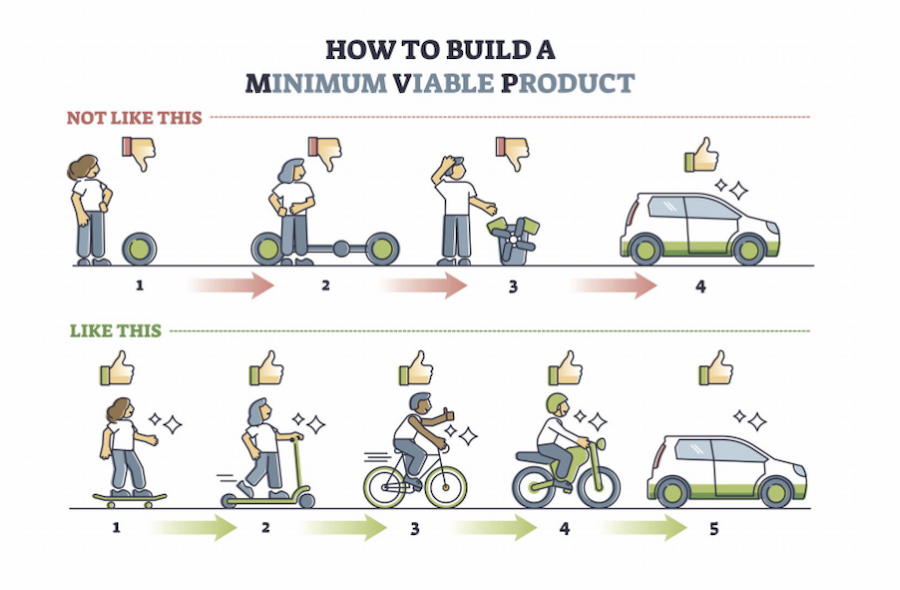
Source: Inflective
If you try to build an intricate app like Facebook Messenger at the outset, you might waste time and resources creating an app nobody wants. An MVP’s simplicity makes it relatively easier to build and quicker to test.
Laying out your MVP lets you identify which features are necessary for a basic version and which are so advanced that they should be reserved for the latter part of your digital product’s life cycle.
It’s important to understand that the MVP approach isn’t about taking shortcuts or making a half-hearted version of your app. Even the basic version of your chat app in MVP should be considered the final product, although it’s designed to be easily modified based on market feedback. Check out our article on MVP examples and strategies to learn how MVPs are different from typical products.
Chat app basic features
Our app developers see the following features as necessary even for a basic version of a chat application:
- App registration page and user authentication mechanism
- Message text editing field with keyboard
- Conversation window with sent and received messages clearly distinguished from each other and ordered chronologically
- List of contacts with easy contact import and editing functionality
- Ability to package and send a message
- Ability to receive, interpret, and display a message
- Storage of past messages
If your market and competitor research in Step 1 inspired you to produce 4 unique features, you could add 1 or 2 of these to your chat app’s basic version while you leave the rest for the advanced version.
Chat app advanced features
In contrast, you could develop the features below once your chat app has achieved above-average user retention or has attracted enough loyal following to grow sustainably:
- Message reactions like hearts, thumbs-ups, etc.
- Thread replies
- Content moderation that leverages AI to keep conversations ethical and legal
- Media attachments for sharing and viewing files within the chat app
- Typing indicators that keep users engaged while waiting for a reply
- Public channels that let users form and join communities large and small
- Private channels that enable users to associate only with chosen group members
- Language translation that connects users across continents and cultures
- SAML single sign-on (SSO) and multi-factor authentication (MFA) that increase security and convenience
- Other unique features you came up with that you did not add to the basic version of your chat app
Now that you know how to outline the features you can include in your MVP, it’s time to design your chat app.
Step 3: Design your app
Though it’s tempting to go straight to coding when developing a chat app, the key is to design a prototype before building the application to ensure its long-term success.
If your chat application is a house, a prototype serves as your architectural blueprint. It is not yet the actual product, but it basically shows your product’s layout and visual appearance. As you will learn in a short while, having a prototype saves on costs and is also good for attracting investments.
Before our developers build apps for our partners, our designers produce sketches and wireframes to create prototypes.
Sketching
Sketching involves using digital tools to create rough design illustrations that capture our clients’ product concepts and main chat app features. This stage allows us to explore different design ideas, layouts, and user flows before diving into coding.
Our development experts have determined that requirements often evolve once development begins. Making necessary adjustments during sketching can streamline the process and reduce costs. After all, it is easier and less expensive to modify sketches than rewrite the code underpinning a chat app.
Sketches also facilitate clear communication between designers and developers, ensuring everyone understands the app’s design and functionality.
Once the sketch is approved, it serves as a foundation for scoping the project and estimating app development costs.
Wireframing
Wireframing comes after sketching. This is where we visually map out user flows and consider additional screens and sections for the app.
The goal of wireframing is to create an interactive prototype for evaluating functionality, user flow, and overall structure. It helps identify usability issues and allows for adjustments before full development begins.
How designs attract investments
A well-executed prototype can attract investor funding, as Good Empire illustrates. Founder André Eikmeier’s vision for a social challenge app received over $1 million from thousands of investors thanks to a quality design prototype that showcased the app’s potential.
The Vello app also succeeded similarly. Through a prototype we helped design, athlete Ben Dixon got enough funding to build a unique social media app that has reimagined how celebrities and fans connect.
What’s the bottom line of the design phase? Whether you have coding experience or not, designing a prototype before proceeding with development will give you a better chance of succeeding with your chat app while keeping costs reasonable.
If you have questions about the design phase of app development, book a free consultation with our team of experts.
Once you’re done designing, it’s time to build your chat app.
Step 4: Build your chat app
This step is not the same as Step 2, where you merely outline or list the features of your MVP app. In Step 4, you will assemble the “nuts and bolts” of code that will make up your MVP chat app.
Before delving into the actual coding and programming of your app, one of the first things you should consider is whether you’ll build your chat application as a native app, hybrid app, or web app.

Source: Interaction Design Foundation
Each type of app has its cost advantages and disadvantages. Typically, developing a native chat app is more expensive than building a hybrid or web app. A native Android chat app can’t run on iOS devices like iPhones or iPads.
Therefore, if you want your native application to run on Android and iOS devices, you must develop at least two chat apps. In contrast, you only need one hybrid or web app to cover both Android and iOS.
But what native apps lack in cost advantage, they make up for in superior performance. To delve deeper into the cost-performance tradeoffs of various types of apps, check out our articles comparing native to hybrid apps and web apps to native applications.
Given that native apps tend to perform better than hybrid and web applications, some developers opt for either Android app development or iOS app development. The former takes advantage of the dominance of the Android operating system in the world market, while the latter takes advantage of the high per-transaction income of iOS apps.
If you want to know which type of native app development best suits your needs, our blog comparing Android and iOS app development can give you in-depth insights.
Once you’ve decided what type of chat app you want to develop, you can start building your application yourself or outsource development work to app agencies.
Developing a chat app by yourself
If you decide to develop your own chat app, you need the right tech stack to ensure your app’s performance is good enough to attract and retain many users. A tech stack is the combination of tools and technologies used to create apps and other types of software. It involves different layers. Let’s go over each layer briefly.
- Front-end or client-side. This technology is what users see and interact with, where they send and receive messages. The programming languages used for building the client-end side depend on the platform it’s intended for.
- Back-end server. This handles the behind-the-scenes work such as processing, storing, and retrieving messages. It also manages user authentication, user profiles, and various events.
- Messaging protocols. These set the rules for exchanging messages between the front-end client and the back-end server, ensuring smooth communication.
- Database. This stores all the messages, user information, and other similar data.
- Network and underlying infrastructure. This includes both hardware and software components responsible for making the app accessible to users and managing communication between different parts of the app.
The image below shows how the various layers mentioned above interact with each other to enable chat apps to function.
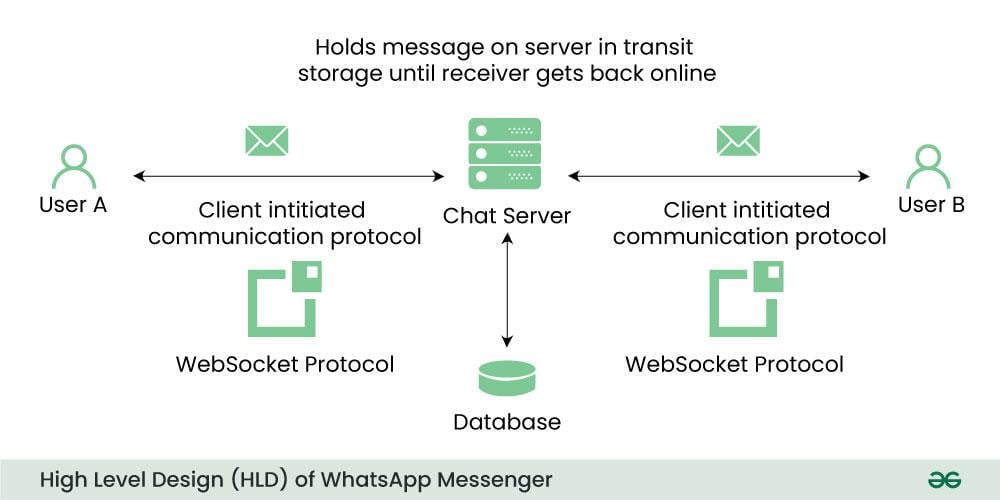
Source: GeeksforGeeks
If you’re building a chatbot for customer service purposes, you could opt for a pre-packaged solution like Front. Alternatively, Front alternatives like Crisp make it possible to develop and deploy an AI-powered chatbot, with no programming necessary.
Now that you know the relationship between the various parts of a chat app, it’s time to explore the tools used to build these components.
Front-end and back-end programming languages
When deciding the chat app code languages to use for building your app, consider each language’s advantages and disadvantages, your current expertise, and the features, platforms, and scalability you need.
For front-end development, you can choose from the following programming languages:
- React (JavaScript). An easy-to-set-up, cost-effective, and open-source library that is great for web-based chat apps.
- React Native (JavaScript). This larger framework helps build chat apps for Android and iOS using the same codebase.
- Flutter. A user-friendly framework suitable for creating chat apps that work across multiple platforms. It offers quick development and extensive user interface customization options.
- Swift (iOS). A general-purpose programming language perfect for delivering a native experience on Apple devices. It offers automatic support for various features like Dynamic Type and Dark Mode. However, Swift is designed only for iOS.
- Kotlin or Java (Android). This open-source programming language is ideal for providing a native feel on Android devices. However, as Swift is specific to iOS, Kotlin is exclusively linked to the Android operating system.
Here are some effective chat app development tools for back-end development:
- Go. This programming language offers exceptional speed and scalability but requires a steep learning curve and may entail dedicated development resources. But it is an ideal tool for server-side applications.
- Python. A high-level language that excels in server-side use cases, machine learning, and data science. However, this tool may suffer from lag in performance and scalability compared to other options.
- Scala. This Java-based tool is highly scalable because it excels in both object-oriented and functional programming.
- Ruby. A general-purpose language popular among new developers but less recognized in broader circles. Despite its relative obscurity,Ruby is an ideal tool for web servers and data processing services.
- JavaScript (Node.js). This simplifies back-end development for those versed in front-end JavaScript. However, due to its optimization for lightweight front-end operations, it may struggle with CPU-bound tasks.
Messaging protocols
To build a custom chat app, you need messaging protocols for real-time communication between clients and servers. Here are the key ones to consider for your project:
- XMPP. It’s a widely used open standard for 1:1 and group chats, and it includes features like presence information (e.g. which chat app user is available, etc.).
- MQTT. This lightweight protocol is great for IoT apps, especially in low-bandwidth or unreliable networks.
- WebRTC. Although not strictly a messaging protocol, WebRTC allows peer-to-peer audio, video, and data exchange. It is handy for chat apps with voice or video calling.
- WebSocket. This protocol offers fast, bidirectional communication between clients and servers without relying on multiple HTTP connections. What this technology does is it lets devices talk directly to the app’s central hub with minimal delays, making chatting and getting instant notifications smooth and speedy.
These are just some tools you can use to develop your chat app. But if you want to save time figuring out which to choose, you can consider seeking the help of experts to build your application.
Outsourcing chat app development to app agencies
Outsourcing to app agencies is one of the most cost-effective and time-saving methods to build a chat app. It involves hiring parties outside your organization to design and develop apps.
To better appreciate the value of outsourcing and how it’s different from other forms of recruitment, let me compare it with in-house hiring and getting freelancers.
Outsourcing vs. in-house hiring and freelancers
Generally, building an in-house team can lead to quality apps since you have more control of the process and other factors. But if you have an in-house team, you will continue to incur development costs even after you’ve finished developing your chat app.
In many countries, regular employees are legally entitled to monthly salaries and benefits. Also, many jurisdictions do not allow employees to be let go without a valid reason.
Now, hiring freelancers can be relatively cheap because it is easier to let go of freelancers. However, given that freelance contracts are relatively loose compared to in-house arrangements, you might have difficulty working with freelancers or suffer from substandard output.
If you outsource app development the right way, you enjoy the best of both hiring in-house and contracting freelancers. The best app agencies have a relatively fixed team of developers that you can enlist and release almost at will. And given that many of these agencies are brands themselves, they have the incentive to produce quality output to protect their reputations.
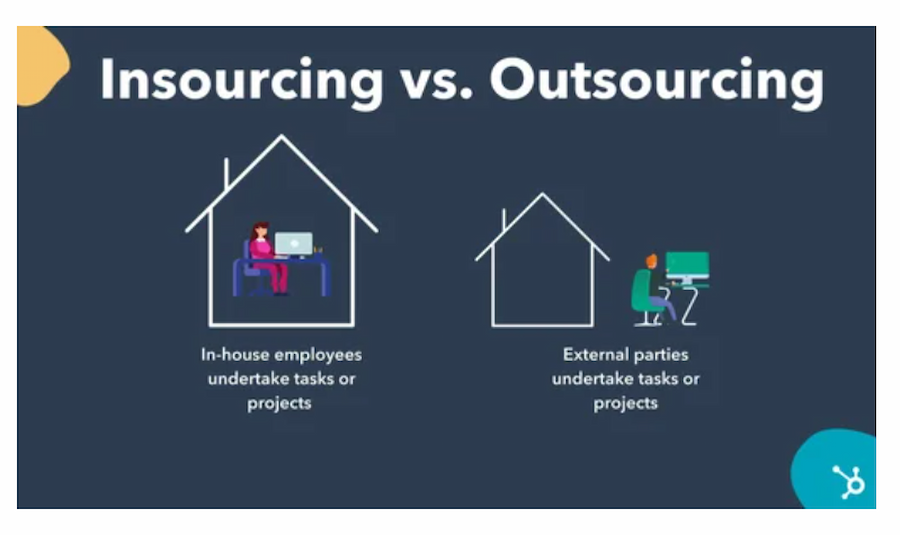
Source: HubSpot
When clients outsource their app development needs to us, they benefit greatly from our Kanban development methodology. This approach allows us to design and develop high-quality apps that clients can launch relatively quickly. Our process also ensures that the app we’re building undergoes continuous improvement through user feedback.
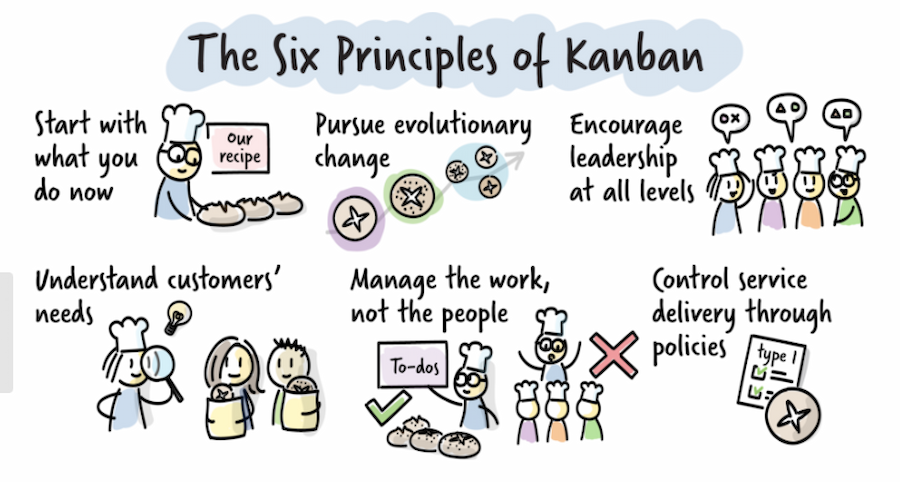
Source: agile42
The apps we design and build undergo this feedback-improvement loop multiple times before we launch the applications in app stores. This user-driven continuous improvement process maximizes our clients’ chance of market success.
To learn how our Kanban method can help produce the best possible chat app for you in 50% less time, drop us a line.
Outsourcing: Optimal for successful scaling
As you will learn later in the article, building a chat app doesn’t end with its launch in the app stores. To get the most out of app development, you must ensure your chat app can accommodate exponential user growth or increased technical demands.
An ideal app is like building an easily expandable restaurant. No matter how many customers come in, it can easily adjust to a spike in demand.
Outsourcing comes in handy, especially when scaling or expanding an app. For instance, if you outsource your chat app development to us, we will go beyond the development of your app. After launching your application, our growth marketers and developers ensure your chat app can accommodate more users once your digital product gains market momentum.
Step 5: Launch, market, and scale
Initiate pre-launch marketing campaigns while your chat app is in development and before its debut on app stores. Construct a landing page or website to entice potential users to sign up for your app. You can also host events in venues like restaurants, hotels, supermarkets, and convention centers to generate interest in your application.
Pre-launch marketing strategies can generate excitement, cultivate interest, and foster anticipation for your app prior to its official launch. This approach expands your reach and garners enthusiasm for your app, potentially resulting in increased downloads and sign-ups upon release.
Once your app is ready for publishing in app stores, optimize your app store page to maximize the visibility of your chat app. You should also implement robust SEO strategies, leverage social media platforms for promotion, and employ other effective app marketing techniques.
Post-launch, use mobile analytics tools to monitor essential app metrics such as acquired active users and average session duration to pinpoint areas for enhancement.
Continuously release timely updates to address bugs and enhance user experience, ensuring sustained engagement and growth. This approach is essential for maintaining momentum and sustaining interest in your app.
And once your app enhancements lead to a massive influx of new and loyal users, you can consider scaling. This is how your chat app can go from local to global.
4 successful chat apps to get inspiration from
While forming the broad outlines of your chat app in Steps 1 and 2, you can judge whether the following features from some popular chat applications fit your needs and goals. Depending on your market research and targets, you may adopt the features in the following chat apps entirely, pick specific elements, or combine them as needed.
Slack

Source: Slack
Thanks mainly to this collaboration and productivity tool, we have been able to shrink physical distances and leverage the power of diverse teams across the globe. Slack has earned a unique place among messaging apps mainly due to its capability to foster collaboration among workplace teams, regardless of geographic location.
One of its notable features is its seamless integration capabilities with various third-party tools. This enables developers and other business professionals to link Slack channels with an array of resources, such as project management, productivity, and DevOps tools.
In addition to basic chat features like instant messaging and group conversations, Slack enables users to seamlessly share files such as images, text documents, and videos.
As we serve clients from different parts of the globe, our developers, product managers, and project managers have fully benefitted from Slack’s integration and file-sharing capabilities to create world-class apps.
Though Slack has a decent set of free features, additional layers of security and extra productivity tools are available only as in-app purchases. In short, payment is necessary to access an expanded feature set.
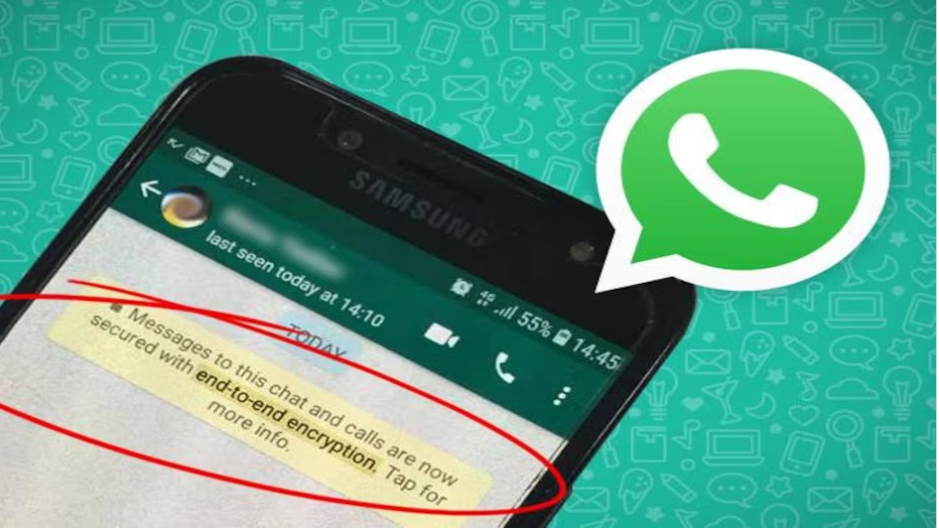
Source: Business Today
Owned by Meta, WhatsApp is lauded for its robust reliability and performance.
WhatsApp is a chat app that works with various platforms such as Android, iOS, desktop, and web.
The app also provides users with a suite of features, including end-to-end encryption for messages, group chat functionality, and voice and video calling capabilities. WhatsApp also enables users to share files and media.
With its extensive user base of around 3 billion monthly active users, the chat app has established itself as a dominant player in the international messaging landscape, particularly in regions like South America, Europe, and South Asia.
Telegram
Source: The School of Digital Marketing via YouTube
Telegram offers many of the same features as WhatsApp, such as file sharing, voice and video calling, and chatbot-creation functionality.
However, Telegram’s capability to facilitate large group chats enables broadcasting to large audiences and fostering community engagement through public groups. This makes it suitable even for large-scale marketing campaigns. As such, both individual users and businesses can benefit from this app.
The chat app’s unique feature set has been instrumental in its global popularity, particularly in key markets such as India, Russia, and Indonesia.
Facebook Messenger
Source: CNN Business via YouTube
One of the icons of messaging app development, Facebook Messenger offers a versatile array of features that include text messaging, voice and video calls, as well as file and media sharing.
Its seamless integration with the Facebook social media service ensures cross-platform availability across Android, iOS, and web platforms.
Like Telegram, Messenger has features that are most beneficial for businesses. For instance, Messenger enables companies and entrepreneurs to develop chatbots to automate customer experiences and personalize customer interactions.
Studies have shown that companies that excel in personalization generate 40% more revenue than average players, making Messenger a good template to consider if your chat app becomes an ecommerce tool.
Have an idea for a chat app? Let’s have a chat!
Of course, flying solo in chat app development can be intellectually and personally empowering. But it is no longer feasible in a world where a handful of messaging apps corner a global market of 6 billion users.
Ultimately, innovation through collaboration is the key to breaking through a highly competitive chat app market.
Given that the best path is to start local before going global, you would want to collaborate with an app agency with experience developing apps for local businesses and multinational companies.
We happen to be that app agency. We have helped local company MUCUDU develop an app for digital bar-hopping and empowered PointsBet to expand from Australia to the United States. Our expertise and experience in going local and growing global are among the best assets you can benefit from if you seek to succeed in chat app development.
So, how about a chat about your chat app? Book a free consultation with us and let’s explore new avenues for your app’s success.

Jesus Carmelo Arguelles, aka Mel, is a Content Marketing Specialist by profession. Though he holds a bachelor’s degree in business administration, he also took courses in fields like computer troubleshooting and data analytics. He also has a wealth of experience in content writing, marketing, education, and customer support.


